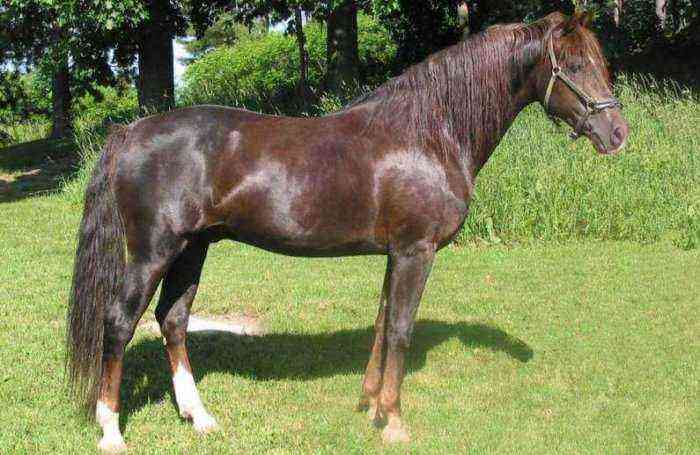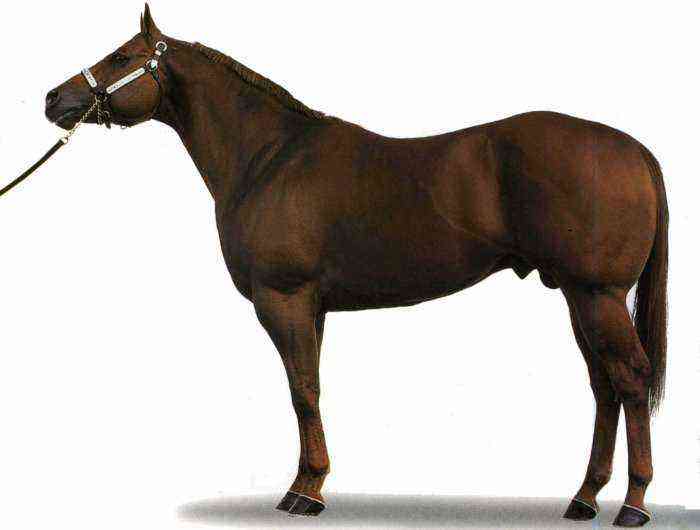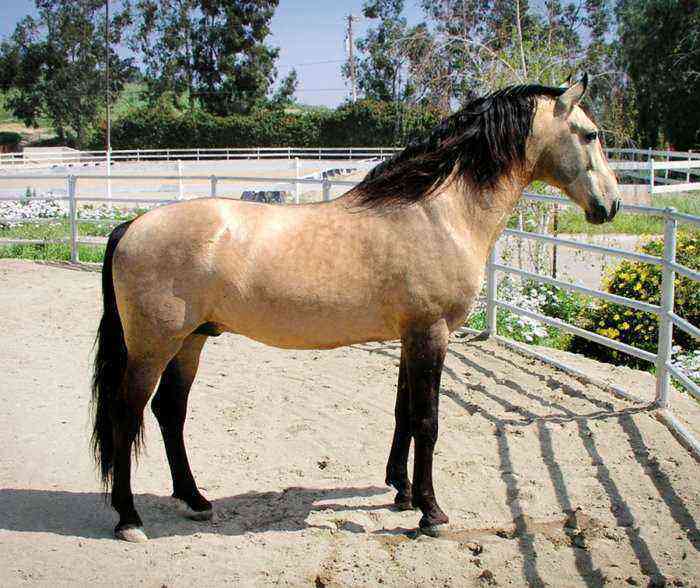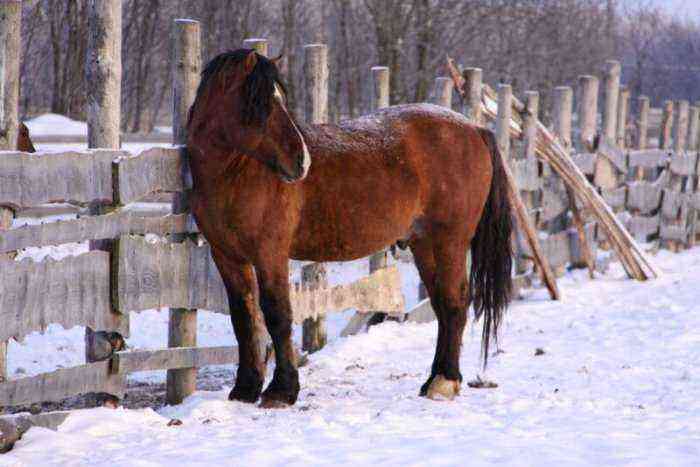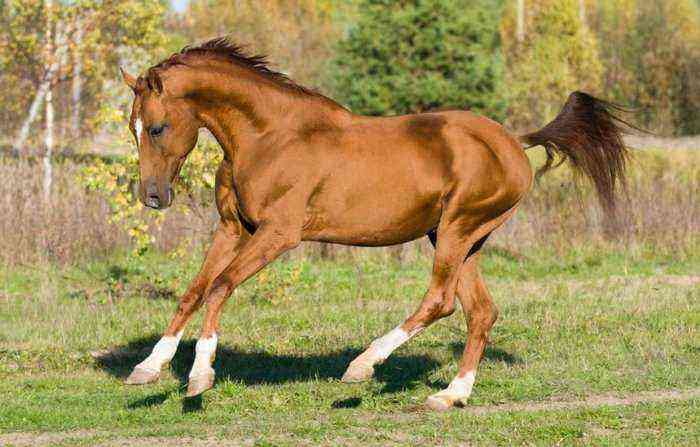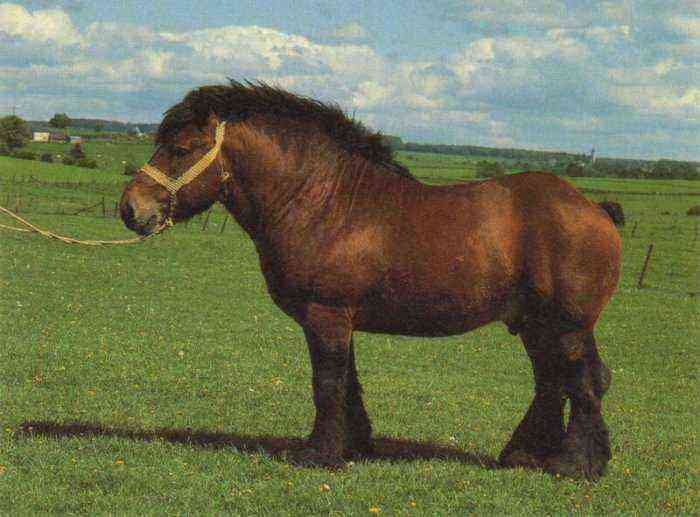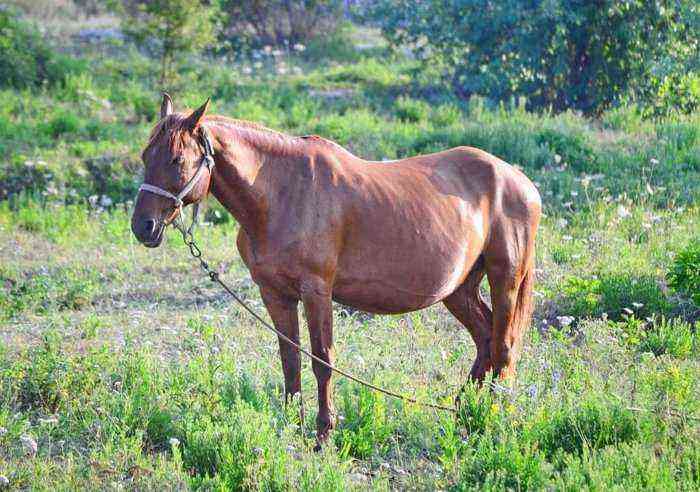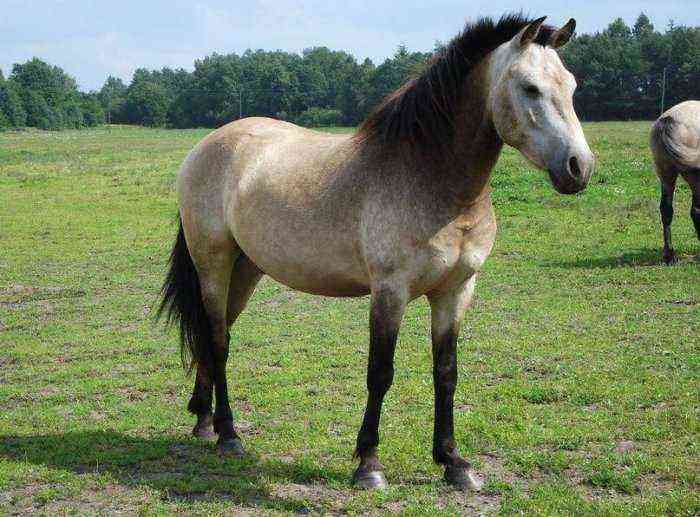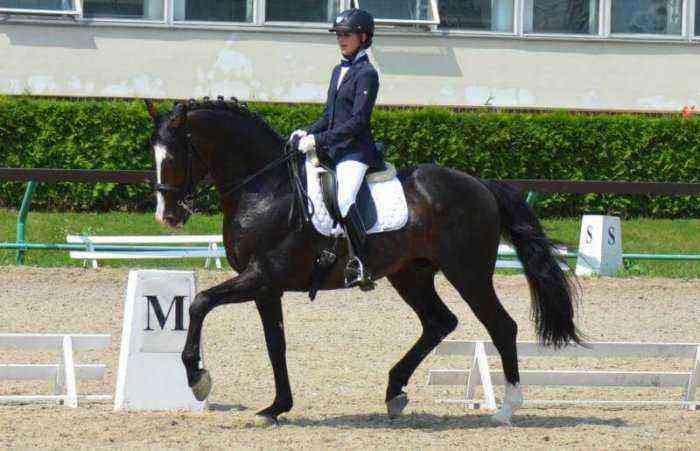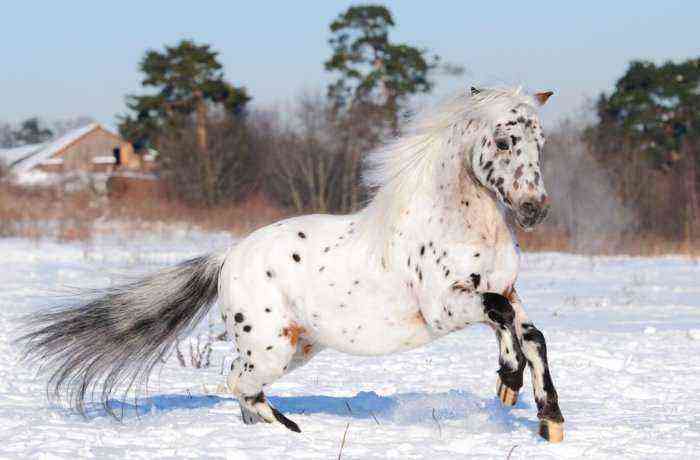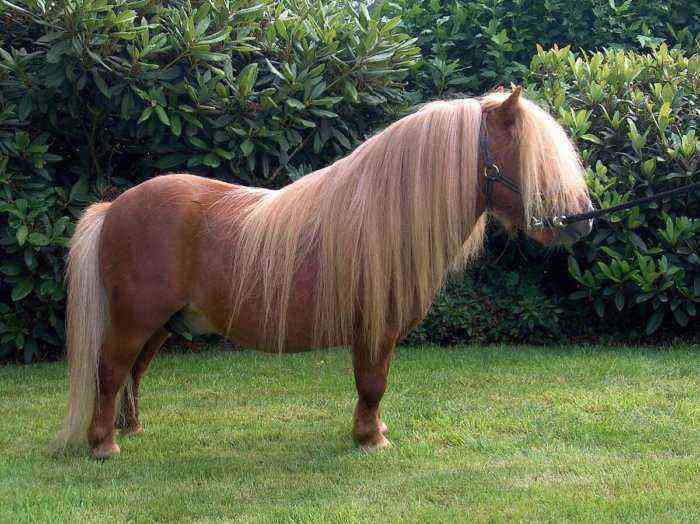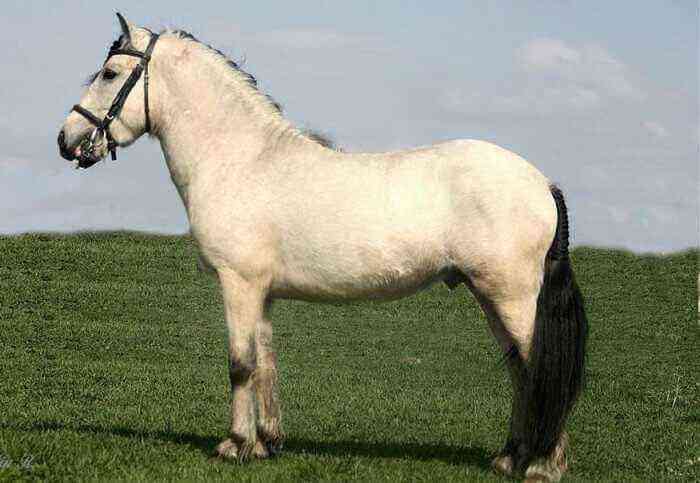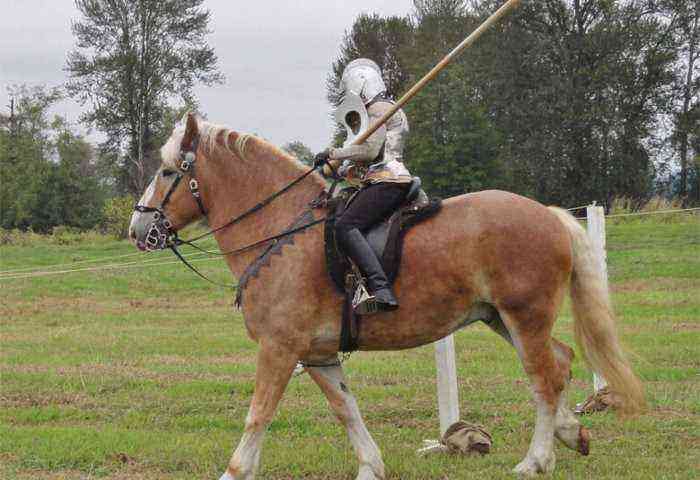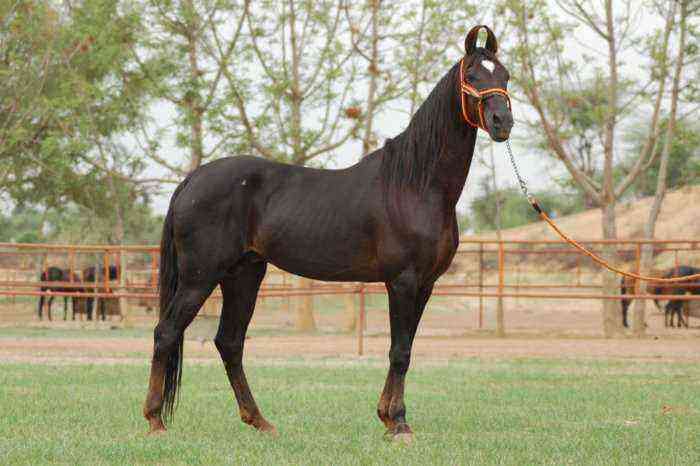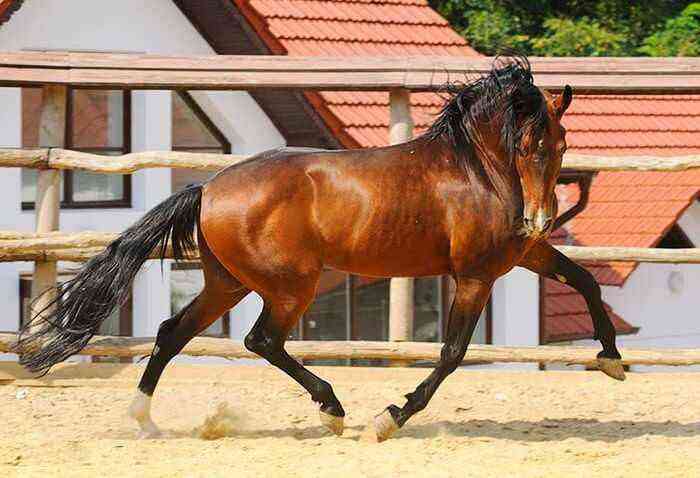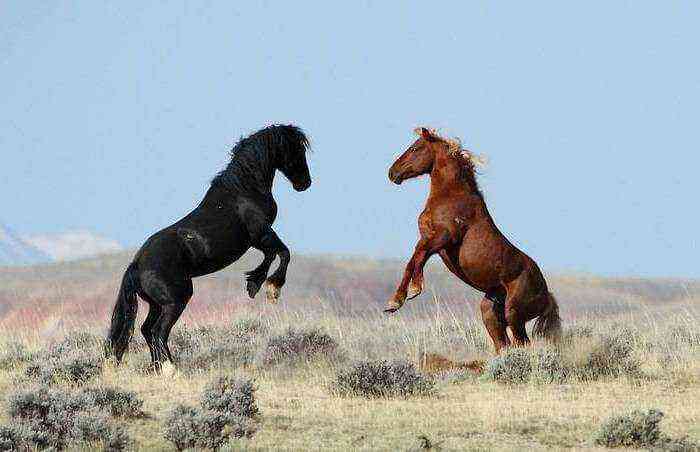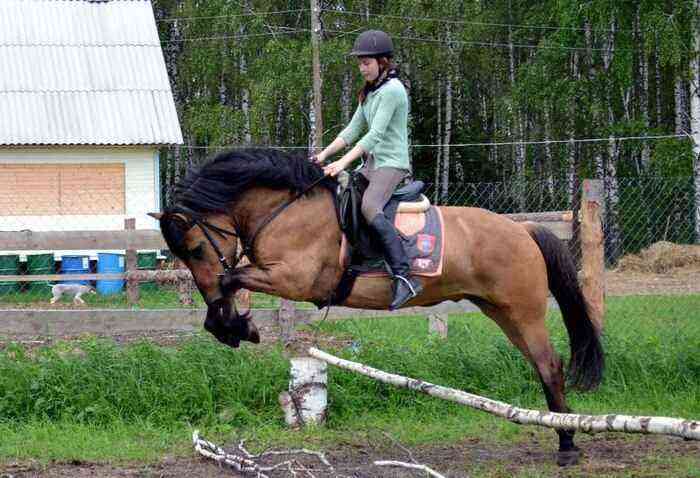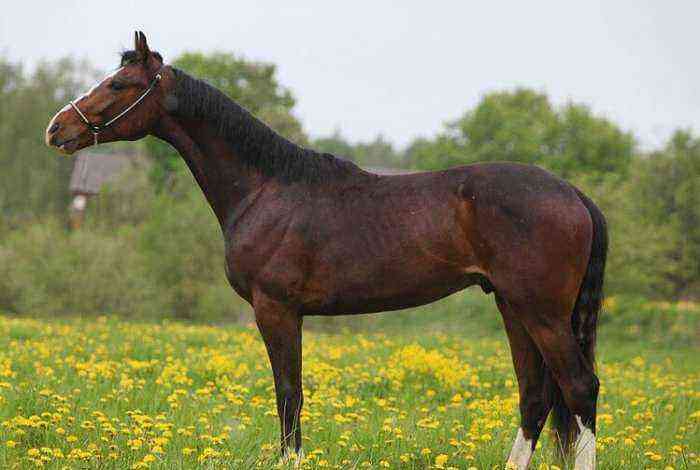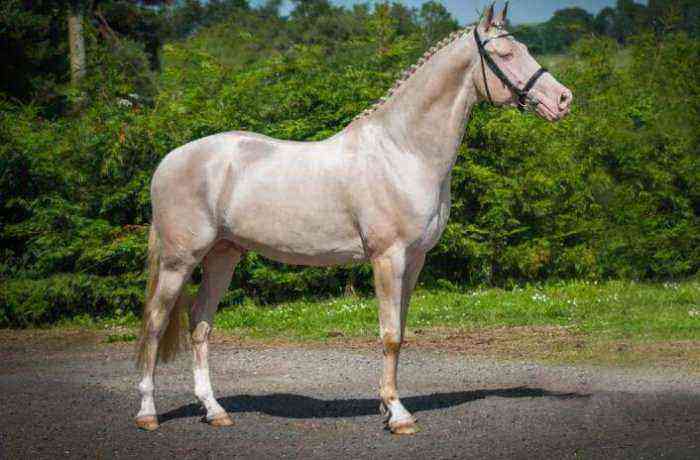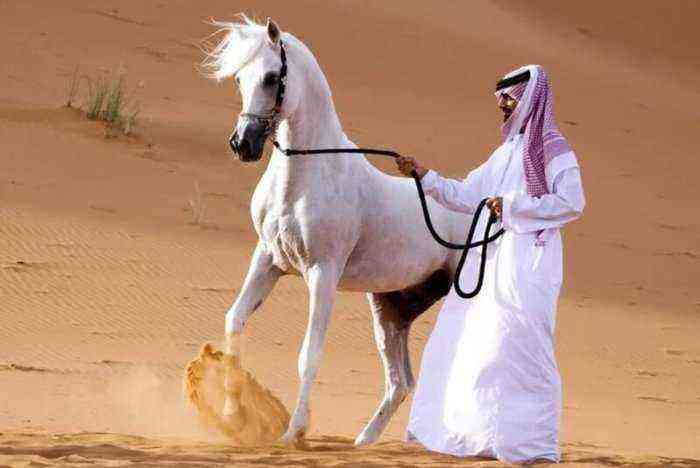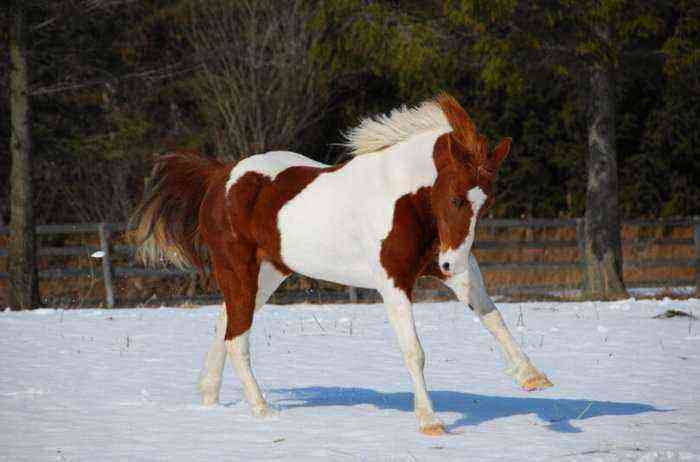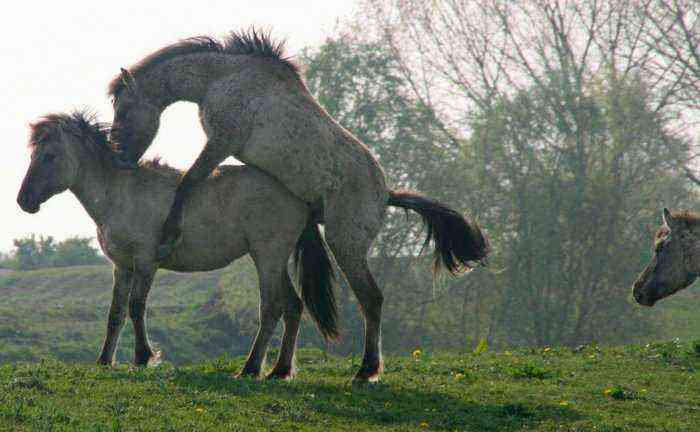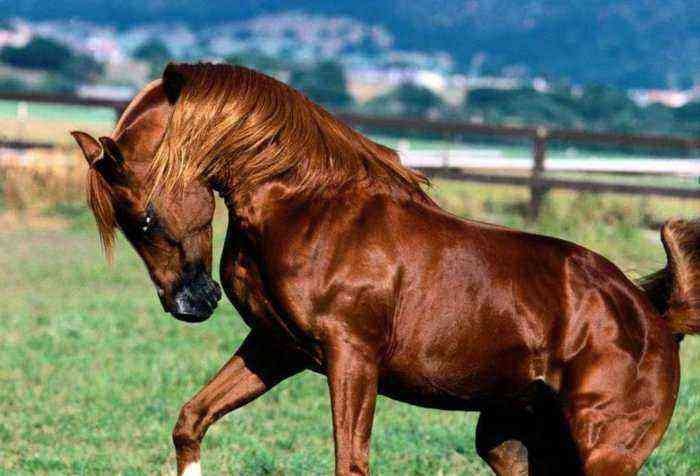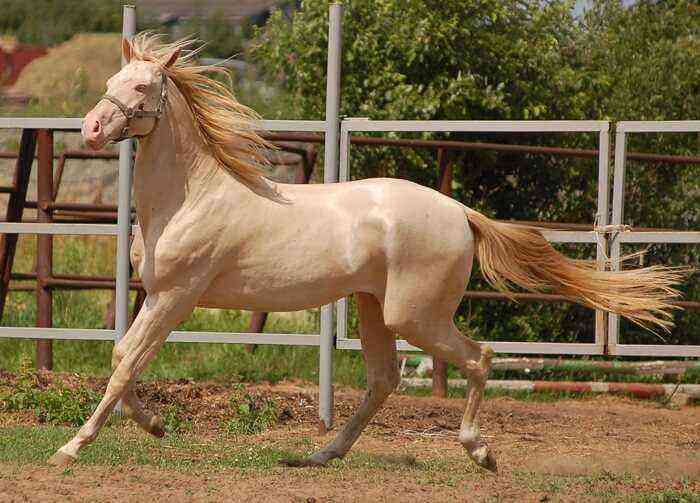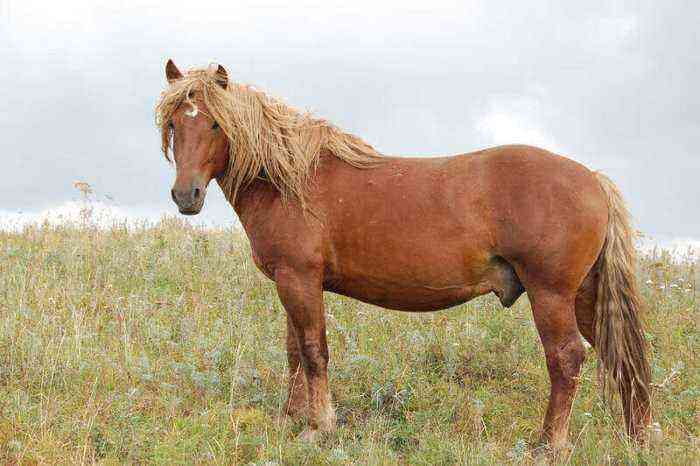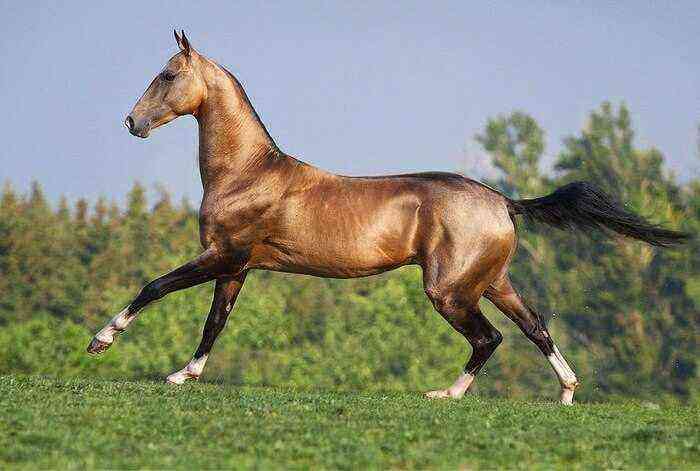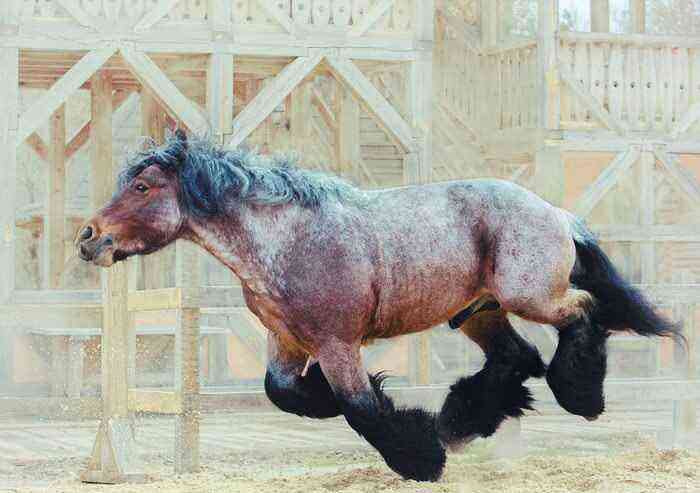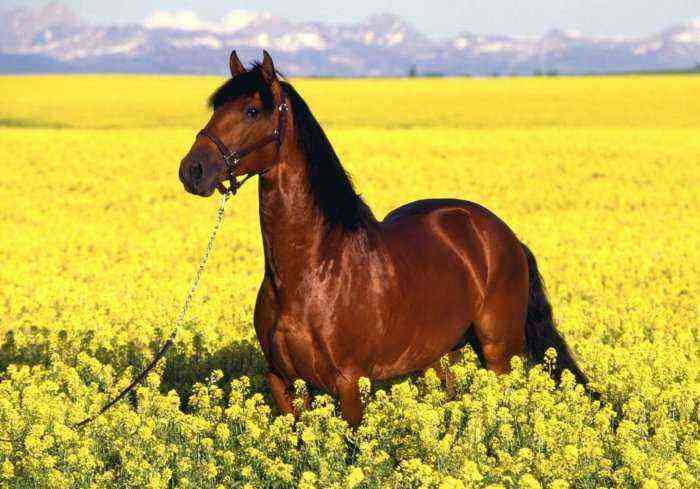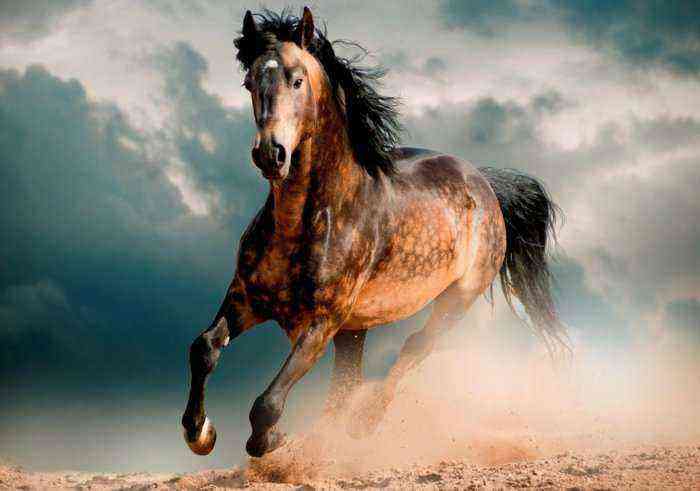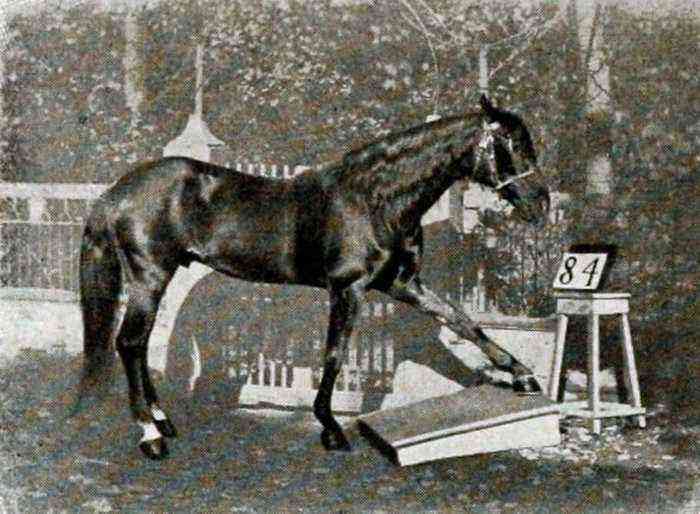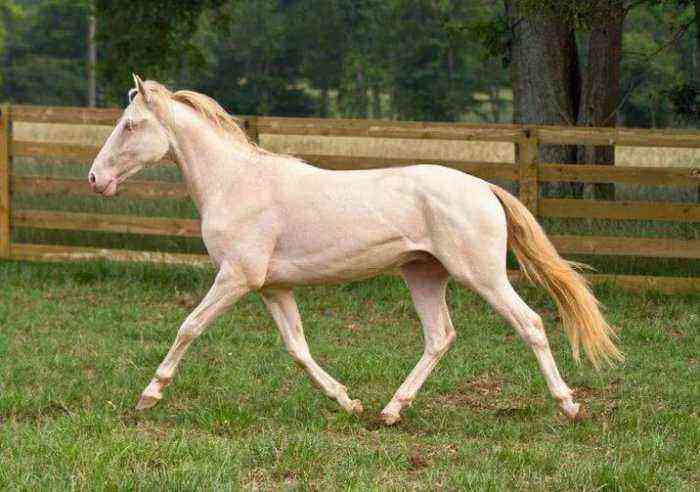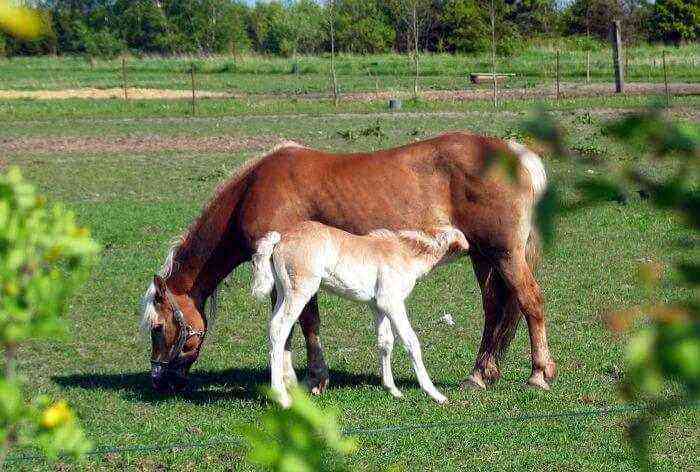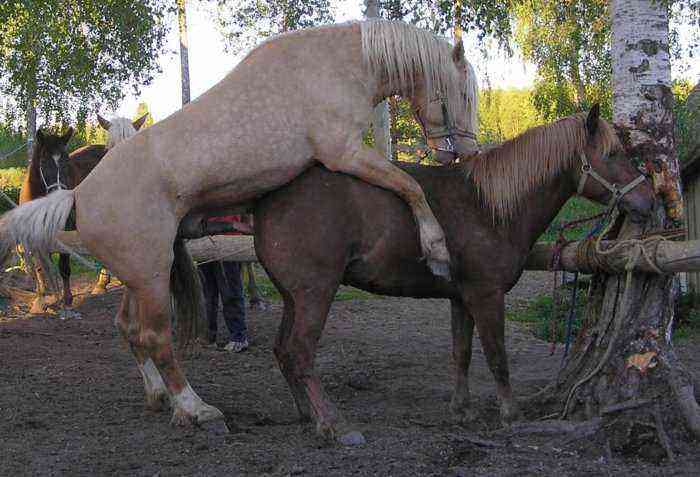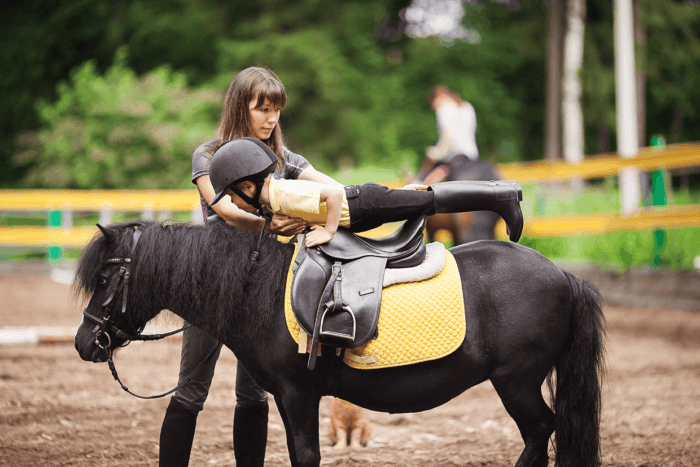Morgan horses are from the USA. They are unique in that, with relatively small body dimensions, they have tremendous strength and endurance. Horses belong to the riding-draft breeds. Today they are used for teaching horseback riding, as well as in hippotherapy, as they are distinguished by a mild, calm disposition.
Morgan
Ancestor of the breed
At the end of the 18th century, a music teacher and composer lived in the US state of Massachusetts, his name was Justin Morgan, a simple man whose parents were farmers. Once, in payment of a debt, he received a one-year-old horse named Figure. The stallion was later renamed, giving him the name of his master, it was he who became the ancestor of the Morgan breed.
There is no information about the origin of this horse. It is believed that his ancestors are Arabian horses, thoroughbred English and horses of Dutch blood.. The stallion Justin Morgan was notable for his short stature and strong physique, his weight was 386 kg. Despite his modest size, he was very strong and hardy.
The horse was used in field work, for transporting timber and other goods. Surprisingly, this seemingly compact horse almost always won the competition, which was attended by horses much larger than himself. He had no equal in draft strength. Morgan demonstrated not only high performance and power, he was able to run long distances, maintaining a constant speed.
The stallion was highly regarded as a workhorse. The horse was distinguished by good health and lived a long life – 30 years. The cause of death was the wound inflicted on him, which the horse received in a fight with another horse. The stallion managed to produce numerous offspring.
Attention! 1907 was a turning point for the descendants of an unusual stallion – the breed was officially recognized. Breeders began work to improve it.
With the beginning of the development of mechanization, interest in the breed decreased. Now the fields were used not by animals, but by cars. Thanks to modern enthusiasts, members of the Morgan horse breed club, the breeding stock has survived to this day.
Exterior Features
Modern representatives of this breed line are somewhat taller than their ancestor Justin. The average height of a stallion reaches 1,55 m, and the weight is 400–450 kg. The features of the exterior of animals include:
Morgan’s appearance
- strong build;
- a large head with a wide frontal part, bulging beautiful eyes and strict pointed auricles;
- slightly arched neck;
- short back;
- rounded wide chest;
- oblique shoulder blades;
- wide muscled croup with high set tail;
- dry limbs.
Morgans are represented mainly by brown, red or bay color. The presence of spots on the body is not noted, except on the legs below the level of the hocks or on the head.
The nature of the animals
Representatives of the Morgan breed are characterized by a kindly flexible disposition. These animals work tirelessly, showing endurance and perseverance. One of the advantages of horses is their strength. They easily transport various loads, and at the same time they are able to trot briskly.
Reference. On the basis of these horses, other breeds of American origin were created – standardbred, Tennessee.
Using
Today, Morgans are used in various horse shows and competitions. They are especially good in dressage and show jumping. These horses are ideal for hippotherapy due to their balanced nature. They are used for teaching horse riding to children, in the circus, equestrian tourism. Animals easily find a common language with people, they do not have burrows. As of 2005, there were more than 175 representatives of the Morgan breed in the world. They are bred in America, Europe, Australia, Canada and New Zealand.
The Morgan horse is today the symbol of the state of Massachusetts, in which it was bred. It has an interesting history and boasts excellent qualities – longevity, strength, endurance, good disposition, versatility.
